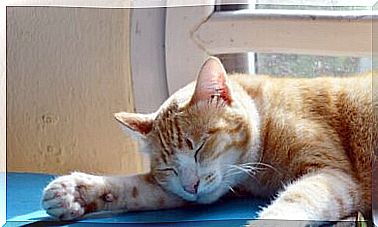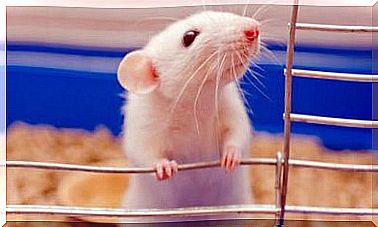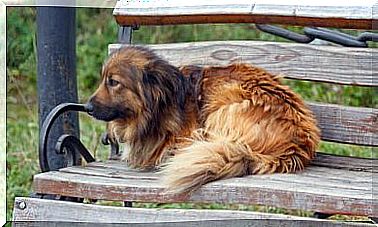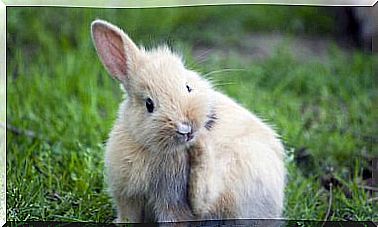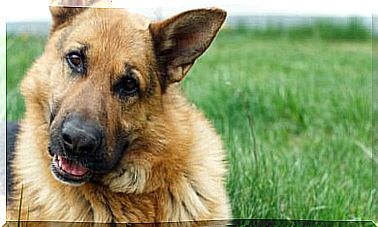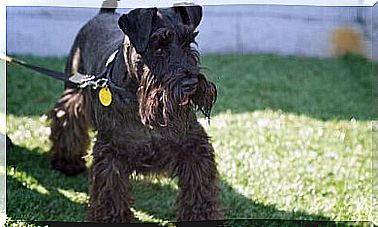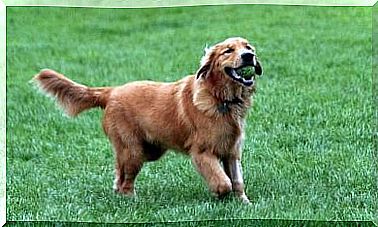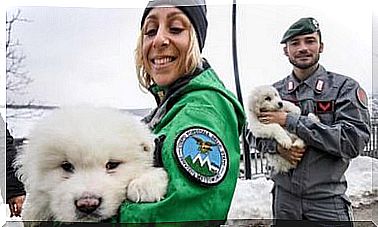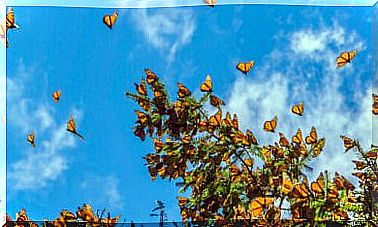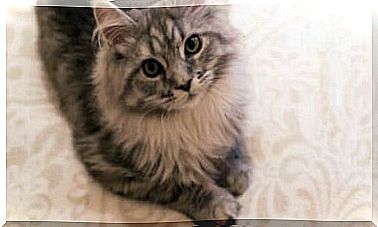A Swimming Cat: The Turkish Van
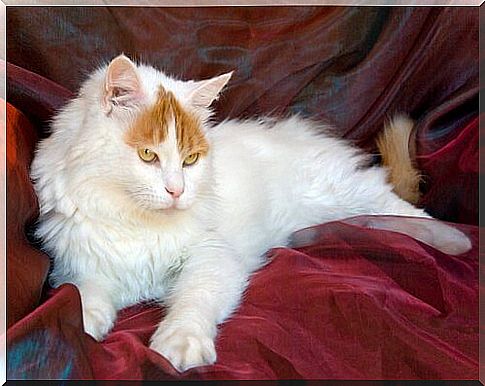
The Van Turco is a cat that is not afraid of water and is also an excellent swimmer. A fact that shouldn’t surprise us, because, after all, almost all mammals are excellent swimmers, including felines.
What represents an extraordinary fact is finding a kitten who, in addition to enjoying water, likes to dive. This is the Turkish Van.
The “discovery” of the Van Turk as a race is relatively recent. In the 1950s, the first official record of its existence was made.
Its name comes from the region in which it was found: Lake of Van, located in the far east of Turkey. This species arrived in Europe around 1955, but only in the late 60s was it recognized as a breed.
In the 1980s, he crossed the Atlantic to reach the United States, which increased his popularity.
the cat with the sign of allah
The peculiar origins of these kittens are full of mysticism. For the believers of Islam, the Van Turco bears the sign of Allah on his back, hence his characteristic marks.
But there’s also a lot of fantasy. It is said that deep in the lake where he grew up lives a fearsome monster, much in the style of Loch Ness.
Others claim that this is an area frequently visited by extraterrestrial creatures.
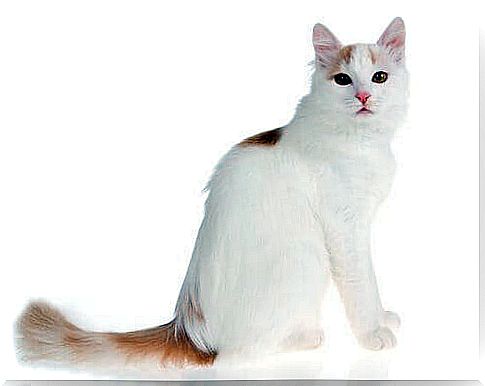
Characteristics
As we can see, the big difference of this breed in relation to almost any other is its taste for diving.
The owners of these kittens know what it’s like to find the cat swimming in the bathtub or even in the pool.
Certainly, the “weakness” that these cats feel for the water has to do with what they had to learn to survive.
To get the food they needed, they not only lost their fear of water, they also learned to fish for food.
Turkish Van: the ring-tailed cat
It is a breed whose size is medium to large. Its weight varies between five and seven kilos, with height between 22.8 and 28 centimeters.
The Van Turco has either blue or amber eyes, although some specimens have both shades. It has a triangular head with a long, straight nose, no pigmentation at the tip.
In addition, it has large ears, in relation to the proportion of its face, pink inside and full of hair.
Cats of this breed are white. Most have the ‘Van pattern’: reddish-colored spots on the tail, back and face.
It is also possible to find specimens with black, brown, blue, or cream stains. Their coat is not very long and generally does not shed fur wherever they walk or sleep.
personality and behavior
Like most cats, these Van Turco cats are curious and restless. They are also highly intelligent, playful, affectionate and very independent.
They like to show affection, but they don’t like to be constantly in the arms of their owners.
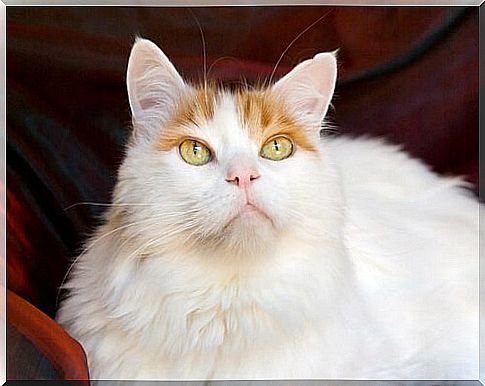
These cats are generally not afraid of strangers and get along well with children as long as they respect their independence and don’t touch them every moment.
Without much difficulty, they get along with other cats and even dogs.
They adapt well to any home, although they prefer homes with large green areas that allow them to play and run around freely.
If your home has a pool or is near a stream or small lake, they will love it!
health and care
These cats become adults at age five and their life expectancy varies between 13 and 17 years. In general, the Van Turco is a healthy breed that does not require special care or a special diet.
The only anomaly they usually develop is a common condition in white cats reaching old age: deafness.
Related to Turkish Angora?
In addition to the fact that the origin of both races is Turkey, they both have more differences than characteristics in common.
Physically, the Van Turco is generally more stocky and, unlike his “compatriot”, he hardly changes his coat.
Their differences are also clear in terms of personality. The angora can be described as a ‘lap cat’ and is, in general, much more sociable. Although the main difference between the two cats is that only one of them likes to swim.
